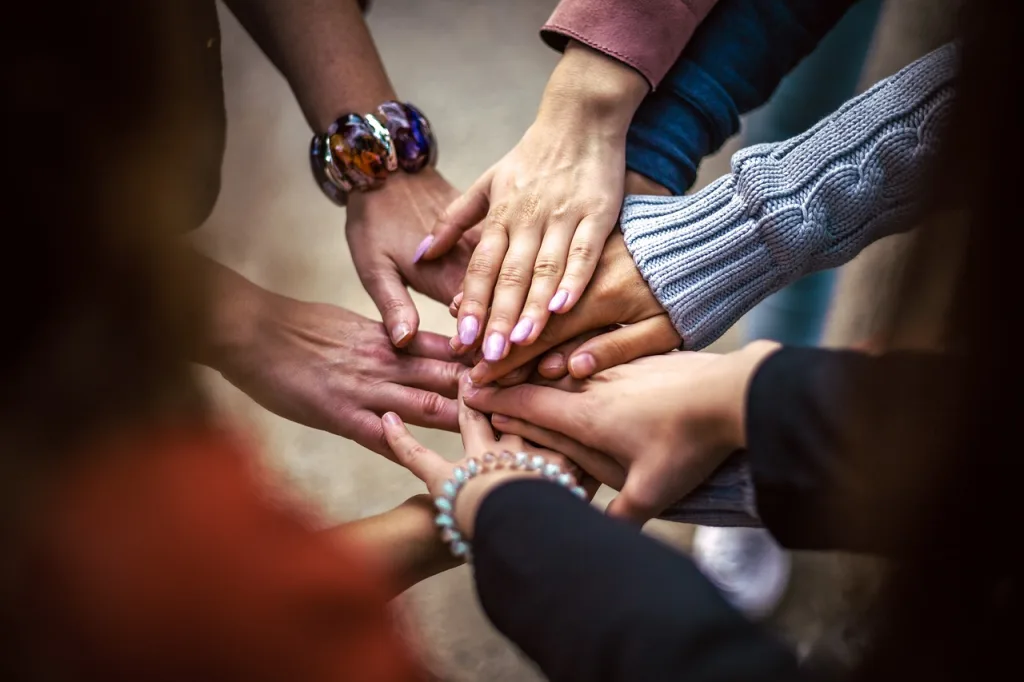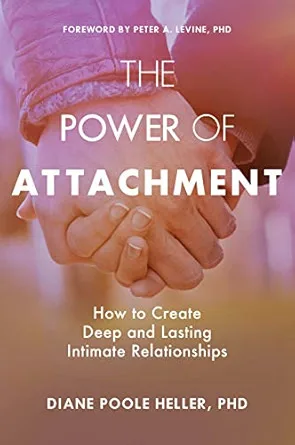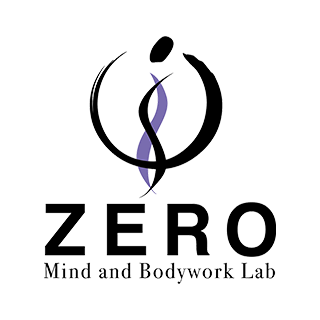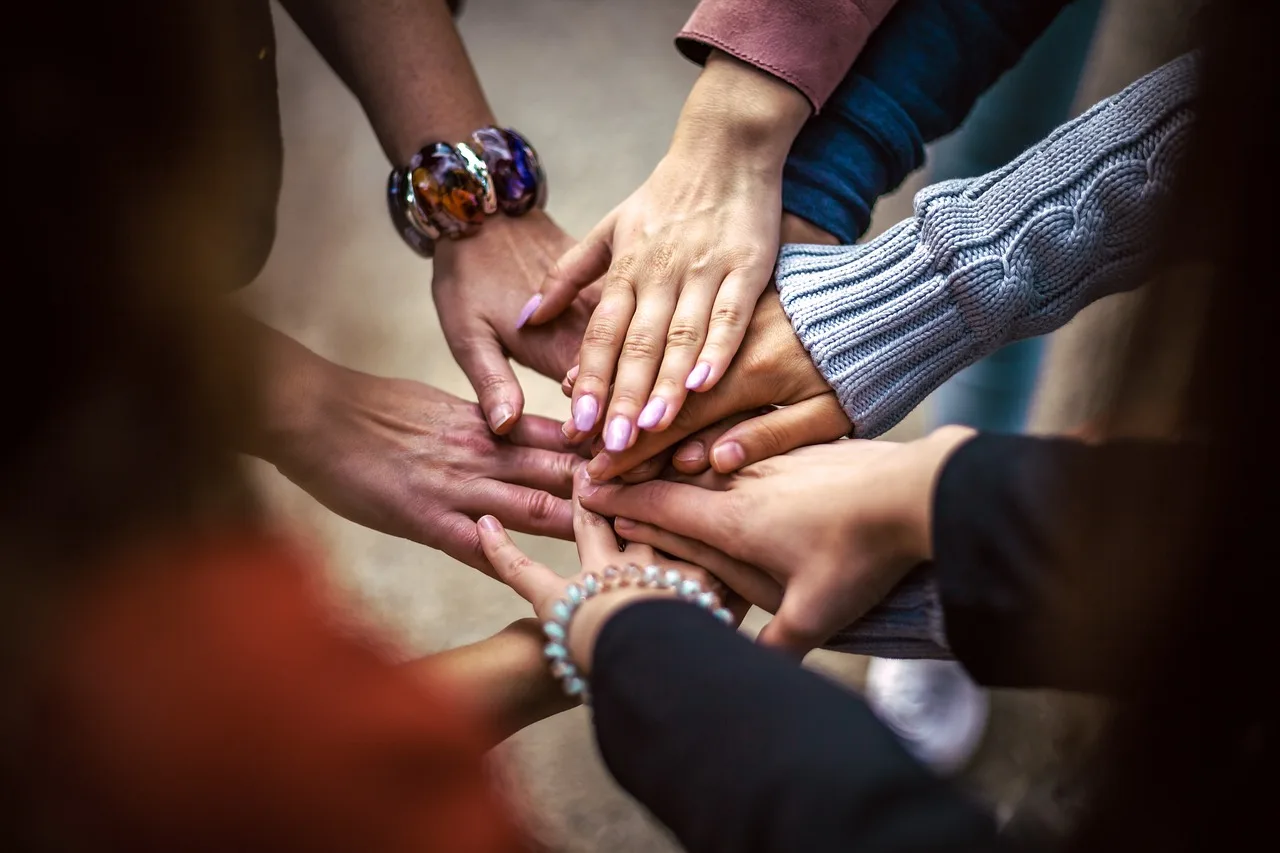Introduction
Hello, I’m Hidefumi Otsuka, offering Rolfing® sessions in Shibuya, Tokyo.
Rolfing is a manual approach that works with the structure and alignment of the body. But its effects go far beyond physical form. Again and again in my sessions, I have witnessed how changes in posture, breath, and tone are deeply connected to how a person relates—to themselves, to others, and to the world.

One of the most important frameworks for understanding these patterns of connection is attachment.
Attachment is not merely a psychological concept from childhood—it lives on in the nervous system, shaping how we respond to others and ourselves in the present moment. It is recorded in the body, often below the level of conscious awareness.
That is why, in this series, I explore three theoretical foundations that illuminate how Rolfing interacts with these deeper layers:
- Attachment Theory
- Polyvagal Theory by Stephen Porges
- Felt Sense, a concept by Eugene Gendlin
Because this topic is both complex and essential, I will present it in a five-part series. In this first article, we begin with the question: What is attachment, and how is it stored in the body?
Attachment: The Body’s Memory of Safety
愛着理論(attachment theory)とは、乳幼児期の養育者(caregiver)との間の情緒的な結びつき(愛着、attachment)が、その後の人格形成や人間関係に大きな影響を与えるという理論。心理学者のジョン・ボウルビィ(John Bowlby)によって提唱され、幼少期の愛着体験が、後の人生における他者との信頼関係や感情のコントロールに影響を与えると考える。
愛着には、以下の4つのパターンが知られている。
- 🟢 安定型(Secure Attachment):他者との関係において安心感を感じ、信頼しながら自立もできるスタイル。養育者から一貫した応答を得て育った場合に多く見られます。
- 🔵 回避型(Avoidant Attachment):感情の共有や親密さを避ける傾向があり、必要なときに援助を求めることが難しい。無視や過干渉などによって、自己防衛的なパターンが形成される。
- 🟠 不安型(Anxious/Ambivalent Attachment):常に他者の承認や愛情を求め、不安が強く、見捨てられることへの恐れが強い。応答の一貫性が乏しい関係性で育つことに起因する。
- 🔴 混乱型(Disorganized Attachment):接近したいが恐怖を感じるなど、矛盾した行動パターンが見られる。虐待や深刻なトラウマ体験と関係する場合がある。
Attachment Theory, developed by psychologist John Bowlby, proposes that the emotional bond between a child and their primary caregiver deeply influences how we regulate emotion, form relationships, and perceive the world throughout life.
Four primary attachment styles are recognized:
🟢 Secure Attachment: A healthy balance of trust and independence. Commonly formed when caregivers are consistently responsive and attuned.
🔵 Avoidant Attachment: A tendency to avoid emotional expression or intimacy. Often results from neglect or overly controlling parenting.
🟠 Anxious/Ambivalent Attachment: Characterized by strong dependency needs, fear of abandonment, and emotional volatility. Typically develops in inconsistent caregiving environments.
🔴 Disorganized Attachment: A paradoxical push-pull between approach and fear. Often linked to abuse or unresolved trauma.
Attachment is not just a mental framework—it is a pattern of autonomic nervous system responses to the question, “Am I safe in this world?”
As Diane Poole Heller writes in The Power of Attachment:
“Our brain and nervous system are not isolated, but interconnected and social. At our core, we are social beings who regulate through connection with others.”

Stephen R. Covey also reminds us in The 7 Habits of Highly Effective People that “there is no independence without interdependence.”
In other words, true autonomy is built on a foundation of safe, trusting relationships.
In this sense, Rolfing does not merely realign the structure of the body. It offers an opportunity for the client’s nervous system to experience safety again through neutral presence and skilled touch.
Polyvagal Theory: Understanding the Body’s Circuits of Safety
The Polyvagal Theory, proposed by neuroscientist Stephen Porges, reframes the autonomic nervous system as a set of multiple pathways, each responsible for different kinds of physiological and social responses.
It identifies three key branches:
✅ Ventral Vagal Complex: Associated with safety, connection, social engagement, play, and creativity.
⚡ Sympathetic Nervous System: Mobilizes fight-or-flight responses.
❄️ Dorsal Vagal Complex: Triggers freeze, shutdown, or immobilization in the face of overwhelm.
Porges explains:
“If our nervous system detects safety, then it’s no longer defensive.
When it’s no longer defensive, then the circuits of the autonomic nervous system support health, growth, and restoration.”
— Stephen W. Porges, The Pocket Guide to the Polyvagal Theory
In other words, our ability to connect with others is deeply intertwined with our physiological sense of safety—and vice versa.
Felt Sense: The Body’s Implicit Intelligence
The Felt Sense is a term coined by philosopher and psychotherapist Eugene Gendlin. It refers to the subtle, often vague but meaningful bodily awareness of a situation, person, or problem—before it becomes language.
“A felt sense is not a mental experience but a physical one.
Physical. A bodily awareness of a situation or person or event.”
— Eugene Gendlin, Focusing
Felt senses show up as gut feelings—“Something’s off” or “There’s something here.”
They reflect a whole-body sense of a situation, carrying both emotional tone and directionality.
Attachment memories also live in the body as felt senses.
We don’t just think we are safe or unsafe—we feel it in the body.
What Rolfing Offers: Rebuilding Safety Through the Body
Rolfing is not only about working with fascia or structure. It also helps clients repattern their nervous system through a safe, embodied relational experience.
Here are just a few of the pathways through which Rolfing supports this:
- 🌬️ Deeper breathing → activates the ventral vagal system
- 🧭 Postural and gaze shifts → remap the nervous system’s sense of orientation
- 🫱 Touch as a safe, present relational experience
- 👂 Listening to the felt sense → restores trust in bodily awareness
Rather than retelling past stories with words, Rolfing helps clients connect to what is happening right now in their bodies.
This present-moment awareness becomes the starting point for rebuilding attachment and trust from the inside out.
Why This Matters in Rolfing
Since 2015, I have offered Rolfing sessions to clients from a wide range of backgrounds.
Again and again, I have found that the most transformative moments arise not just from structural change, but from contact with the deeper relational field—where the nervous system, trauma, attachment, and embodied memory converge.
This is why I believe that Rolfing can support more than just posture or pain—it can support the restoration of our innate ability to connect, to feel safe in our bodies and with others.
This five-part series aims to illuminate these deep layers—through both theory and clinical practice—so we can better understand the full scope of what Rolfing makes possible.
Coming Up Next
Part 2: Trauma and Attachment — The Body’s Wisdom in the Autonomic Nervous System
In the next article, we will explore the work of Peter Levine, developer of Somatic Experiencing (SE), to understand how trauma disrupts attachment and how it can be healed—not through memory, but by completing the body’s unfinished responses.
We’ll look at how Rolfing supports this recovery process through the language of the nervous system.
Stay tuned.

